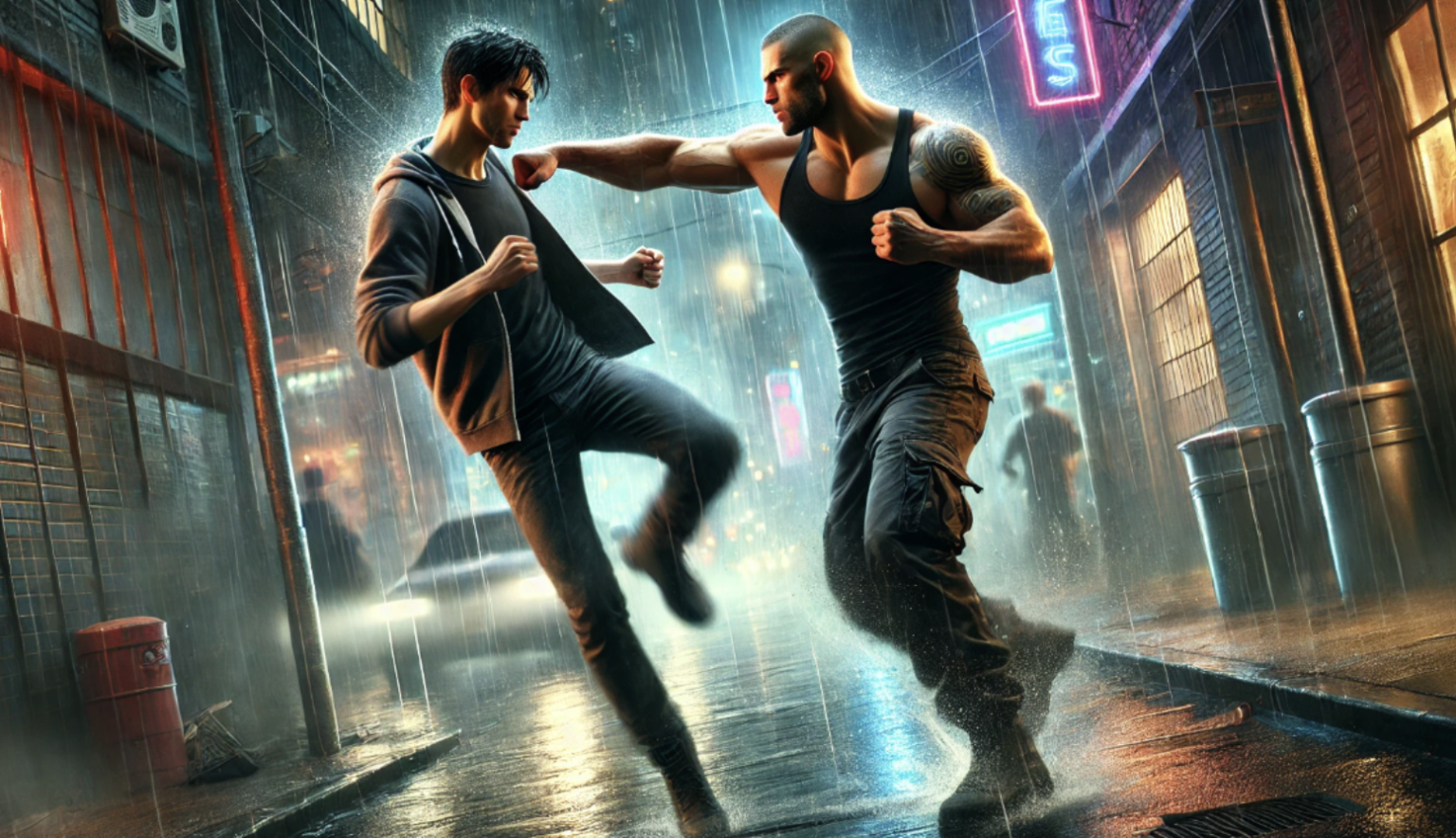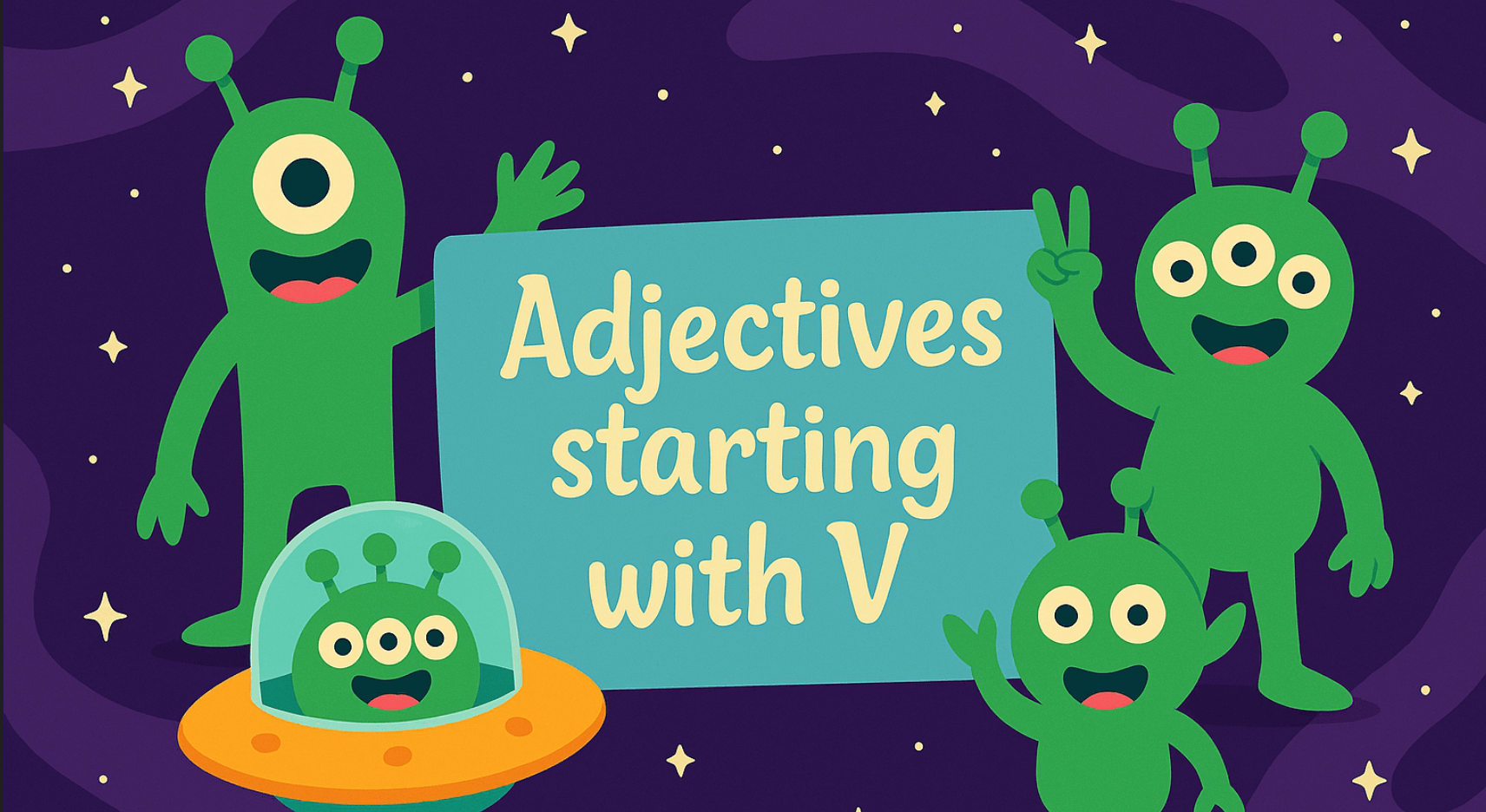Every great story has a climax. But, what is the climax of a story? It’s the moment where tension peaks, conflicts reach their breaking point, and the protagonist makes a crucial decision. Without a climax, a story isn’t really a story—it’s just a sequence of events with no emotional payoff. That’s why exploring the fundamentals of plot structure is so important. Whether you’re reading a novel, watching a movie, or listening to a friend’s dramatic retelling of their weekend, the climax is what makes the experience satisfying.
But just how important is a well-crafted climax? Studies in narrative psychology show that stories with a strong emotional peak—often the climax—are more memorable and impactful for audiences. According to research from Princeton University, our brains synchronize with the story we’re hearing, especially during high-tension moments, making climaxes a key factor in audience engagement.
From classic literature to modern blockbusters, every great narrative has a turning point that defines the protagonist’s journey.
What Is the Meaning of Climax in a Story?
In storytelling, the climax is the turning point where the tension that has been building throughout the narrative reaches its highest intensity. It’s the moment of truth—where the protagonist faces their biggest challenge, makes a crucial decision, or experiences a revelation that changes everything.
At its core, the climax is what makes a story compelling and emotionally satisfying. It provides the payoff for the reader’s investment, whether the story ends in victory, tragedy, or an unexpected twist.
Why Is the Climax So Important?
- It delivers emotional impact – A well-crafted climax ensures that readers feel engaged, excited, or even shocked by the outcome.
- It drives the story’s resolution – Everything that happens afterward is a direct result of the climax.
- It defines character growth – The protagonist’s choices during the climax reveal how much they have changed or remained the same.
- It satisfies the audience’s expectations – A weak climax can make a story feel incomplete, while a strong one leaves a lasting impression.
How Does the Climax Work?
Think of the climax as the breaking point of tension. The story’s rising action builds up the stakes—layering obstacles, conflicts, and emotional struggles—until everything boils over in the climax.
For example, in The Hunger Games, the climax occurs when Katniss and Peeta threaten to eat the poisonous nightlock berries, forcing the Capitol to change the rules and declare them both winners. The tension built throughout the Games reaches its peak, and Katniss’s bold action marks a turning point in her rebellion against the system.
A good climax isn’t just about action or drama—it’s about consequence. Whatever happens in this moment changes the course of the story, leading directly to the resolution.
What Is the Definition of Climax in a Story?
A climax is the most intense, dramatic, or emotionally charged moment in a story where the main conflict reaches its peak. It’s the pivotal turning point that determines the outcome of the narrative, shaping the resolution that follows.
According to Freytag’s Pyramid, a widely used storytelling structure, the climax is the third major phase of a plot, coming after the rising action and before the falling action. Many stories also follow The Hero’s Journey, a popular storytelling model that leads characters through transformation and changeIn this moment, the protagonist must confront their biggest challenge, whether it’s an external battle, an internal struggle, or a crucial revelation.
Climax vs. Other Story Elements
To better understand what a climax is, let’s compare it to other key storytelling elements:
| Element | Definition | Example (Harry Potter and the Sorcerer’s Stone) |
| Conflict | The struggle or problem driving the story. | Harry must stop Voldemort from stealing the Sorcerer’s Stone. |
| Rising Action | Events that build tension leading to the climax. | Harry discovers the stone’s secret and navigates obstacles to reach it. |
| Climax | The moment of highest intensity where the conflict is resolved. | Harry faces Professor Quirrell/Voldemort and stops him from taking the stone. |
| Falling Action | The events after the climax that lead to the resolution. | Dumbledore explains what happened, and Hogwarts returns to normal. |
| Resolution (Denouement) | The final outcome and conclusion of the story. | Harry returns home, changed by his experiences at Hogwarts. |
A well-executed climax should:
- Resolve the primary conflict – The central struggle of the story reaches its conclusion.
- Feel inevitable but surprising – It should make sense based on the story’s progression, yet still carry an element of unpredictability.
- Challenge the protagonist – The character must make a crucial decision or take decisive action.
- Leave an emotional impact – Whether it’s shocking, heartwarming, or tragic, the climax should stick with the audience.
Types of Climax in a Story
Not all climaxes follow the same structure. Different stories build tension in unique ways, leading to climactic moments that vary in impact, emotion, and resolution. Below are the four main types of climaxes, each with distinct characteristics.
1. Crisis Climax
A crisis climax occurs when the protagonist faces a life-changing decision. Regardless of their choice, their life will never be the same again.
Key Features:
- The protagonist is forced to make a high-stakes decision.
- There is no easy way out—both options come with consequences.
- Often leads to a dramatic shift in the protagonist’s fate.
Example: Romeo and Juliet
In Shakespeare’s tragedy, the climax happens when Romeo finds Juliet seemingly lifeless and makes the fateful decision to take his own life. This irreversible choice determines the tragic ending of the play.
2. Catharsis Climax
A catharsis climax is when the protagonist overcomes an internal or external struggle, leading to personal growth or transformation. The tension built throughout the story is emotionally released in this moment.
Key Features:
- A moment of relief, success, or transformation.
- The protagonist achieves or fails at a goal, bringing resolution.
- Often leads to a sense of closure or fulfillment.
Example: The Lord of the Rings: The Return of the King
When Frodo finally destroys the One Ring, the immense tension built over three films reaches its cathartic climax. The burden is lifted, and the story shifts into its resolution.
3. Revelation Climax
A revelation climax occurs when the protagonist discovers a major secret or shocking truth. This newfound knowledge changes the course of the story and often forces them to reevaluate everything they knew before.
Key Features:
- A game-changing revelation reshapes the narrative.
- The protagonist must decide how to react to the new information.
- Can be positive or negative, leading to either victory or downfall.
Example: Star Wars: The Empire Strikes Back
Darth Vader’s shocking line—“I am your father”—serves as the climax of the film. Luke’s entire perception of himself, his mission, and his enemy shatters in an instant, setting up the emotional stakes for the final installment.
4. Heroic/Antiheroic Climax
In a heroic climax, the protagonist rises to the challenge and makes a positive change. In an antiheroic climax, the protagonist fails to change, reinforcing their flaws.
Key Features:
- The protagonist faces a final test of their character.
- In a heroic climax, they make the right choice and grow.
- In an antiheroic climax, they reject change and remain the same.
Example of Heroic Climax: The Matrix
Neo finally accepts his destiny as “The One” and embraces his full power, leading to his triumph over Agent Smith.
Example of Antiheroic Climax: Breaking Bad
Walter White has multiple opportunities to redeem himself, but in the end, he fully embraces his darker nature, refusing to change.
How Does the Climax Fit Into the Story Arc?
Every story follows a narrative arc, which is the structure that guides the plot from beginning to end. The climax is the most pivotal moment in this arc, but it doesn’t stand alone—it connects with key storytelling elements like rising action, falling action, and resolution to create a complete and satisfying story.
The Five Key Elements of a Story Arc
A well-structured story follows this pattern:
- Exposition – The introduction, where the setting, characters, and main conflict are established.
- Rising Action – A series of events that build tension and deepen the conflict.
- Climax – The turning point where the protagonist faces their biggest challenge or revelation.
- Falling Action – The immediate consequences of the climax, leading toward resolution.
- Resolution (Denouement) – The story’s conclusion, where loose ends are tied up.
Where Does the Climax Usually Happen?
While most stories place the climax near the end, not all narratives follow this structure. Depending on how a story unfolds, the climax can occur at different points, shaping the reader’s experience in unique ways.
Traditional Climax (Near the End)
In most stories, the climax happens 75–90% of the way through, just before the falling action and resolution. This structure allows for maximum buildup and tension, keeping the audience engaged until the final moments.
Inverted Plot (Climax Early On)
Some stories begin with a dramatic climax, then rewind to explore how the characters got there. This technique builds curiosity and keeps audiences invested in uncovering the past.
Midpoint Climax (Climax in the Middle)
In certain narratives, the climax occurs halfway through the story, completely shifting its direction. Instead of a steady build-up to the end, the second half of the story explores the fallout of the climax.
Multiple Climaxes (Subplots with Their Own Peaks)
Some stories, especially those with multiple perspectives or complex subplots, feature several climaxes, each resolving a different thread before leading to the final big moment.
Each of these structures serves a different storytelling purpose, showing that there’s no single way to position a climax—it all depends on how you want your audience to experience the story’s most pivotal moment.
How the Climax Pushes the Protagonist to Change
The climax is the moment of truth for the protagonist. In stories where the character evolves, the climax forces them to make a defining choice that proves their growth.
However, in some stories, the protagonist doesn’t change—and that’s the point. The climax then becomes the moment where their refusal to change is cemented.
For example:
- Hero’s Growth: In Moana, the climax is when Moana realizes her true identity as a wayfinder and restores the heart of Te Fiti.
- Refusal to Change: In Breaking Bad, Walter White’s climax comes when he fully embraces his dark side, refusing redemption.
How the Climax Expresses the Story’s Theme
A story’s theme is often revealed in its climax. The protagonist’s decision or fate highlights what the story is really about.
- In The Great Gatsby, Gatsby’s tragic climax reinforces the theme of the unattainable American Dream.
- In The Dark Knight, Batman’s choice to take the blame for Harvey Dent’s crimes shows the theme of sacrifice for the greater good.
By understanding where the climax fits in the story arc, writers can craft more compelling, meaningful narratives that resonate with readers.
Climax vs. Conflict: What’s the Difference?
Many readers and writers confuse conflict and climax, using the terms interchangeably. Although they’re closely related, each plays a distinct role in storytelling. Understanding the different types of conflict in literature can help writers craft more compelling narratives.
- Conflict is the central problem or struggle that drives a story forward. It’s the obstacle or tension the protagonist must face and overcome, keeping readers invested as the narrative unfolds. Conflict typically begins early, setting the stage for everything that follows, and grows steadily throughout the narrative.
- The climax is the specific moment when the story’s conflict reaches its highest point of tension and intensity. It’s the moment of decisive action or critical revelation, resolving (or failing to resolve) the conflict. The climax usually appears later in the story, after tension has sufficiently built through the rising action.
After the climax comes the falling action, a phase in the narrative where tension decreases and the immediate consequences of the climax unfold. It’s a bridge to the resolution, where loose ends are tied up, and the story concludes. For example, after the bears frighten away Goldilocks, the falling action shows them reflecting on their experience and deciding to secure
Climax of a Story Example: Literature and Film
A well-crafted climax is what makes a story memorable, emotionally impactful, and satisfying. Whether it’s a shocking revelation, an intense battle, or a defining moment for a character, the climax determines the outcome of the story’s central conflict. Below are some famous examples of climaxes in literature and film, each demonstrating different types of climactic moments.
Literature Examples
The Great Gatsby by F. Scott Fitzgerald
Throughout the novel, Jay Gatsby’s conflict revolves around his obsession with rekindling his love with Daisy Buchanan. The climax occurs when Tom Buchanan confronts Gatsby, exposing the truth about Gatsby’s past and forcing Daisy to choose between them. This moment seals Gatsby’s fate and foreshadows his tragic downfall, reinforcing the story’s theme of the unattainable American Dream.
To Kill a Mockingbird by Harper Lee
The novel builds toward the courtroom scene where Atticus Finch defends Tom Robinson against false accusations of assault. The climax comes when the jury delivers a guilty verdict despite the clear evidence of Tom’s innocence. This devastating moment highlights the deep-seated racism and injustice in society, shaping Scout’s understanding of the world.
Harry Potter and the Sorcerer’s Stone by J.K. Rowling
After a series of obstacles, Harry finally faces Professor Quirrell and Voldemort, who are attempting to steal the Sorcerer’s Stone. The climax occurs when Harry touches Quirrell and realizes that his touch destroys him, a moment that reveals his hidden strength and sets up his larger conflict with Voldemort in the series.
Film Examples
Star Wars: The Empire Strikes Back
The film builds tension as Luke Skywalker trains to become a Jedi and faces Darth Vader. The climax occurs in their duel, when Vader delivers the shocking revelation: “I am your father.” This twist reshapes Luke’s entire perception of his past and future, making it one of the most iconic climaxes in film history.
Titanic
The climax happens when Jack and Rose fight to survive after the Titanic sinks. The ship breaking apart is the external climax, while the emotional climax is Jack’s sacrifice, choosing to keep Rose safe while knowing he won’t survive. This moment solidifies their love story and leaves a lasting impact on audiences.
The Dark Knight
Throughout the film, Batman is in a moral conflict with The Joker, who forces him to make impossible choices. The climax occurs when Batman must choose between saving Harvey Dent or Rachel Dawes—a choice that ultimately leads to Harvey’s transformation into Two-Face and changes Gotham’s future forever.
What These Examples Teach Us About Climaxes
Each of these climaxes works because they:
- Build on the conflict established earlier in the story
- Force the protagonist into a decisive action or realization
- Have high emotional or narrative stakes
- Significantly change the direction of the story or characters
A strong climax leaves a lasting impression on readers and viewers, making the story unforgettable, and a strong cover design can help reinforce the emotion and intensity of that moment
How to Write a Strong Climax in Your Story
A well-executed climax is the key to a powerful, engaging story. It’s the moment readers have been anticipating—the turning point where everything changes. But how do you craft a climax that feels earned, emotionally impactful, and satisfying? Here are essential techniques to help you write a compelling climax.
1. Build Tension Gradually
A climax is only effective if the story earns it through rising action. If the stakes and conflict haven’t been steadily increasing, the climax will feel rushed or forced.
How to do this:
- Increase the obstacles and pressure on the protagonist leading up to the climax.
- Create a sense of urgency—a ticking clock, an impending battle, or a crucial decision.
- Use foreshadowing to hint at what’s coming, so the climax feels natural rather than abrupt.
2. Make the Stakes Clear and High
A climax needs to have real consequences. Readers should feel that something major is at risk—whether it’s the protagonist’s life, a relationship, or their entire world.
How to do this:
- Define what’s at stake early in the story.
- Ensure the climax is the point of no return—the protagonist cannot walk away unchanged.
- Tie the stakes to the protagonist’s emotional journey, not just external events.
3. Force the Protagonist to Make a Crucial Choice
The climax should force the protagonist into a defining moment where they must make a choice that reflects their growth (or lack of growth). This choice should be difficult—if it’s too easy, the climax will feel weak.
How to do this:
- Present a moral dilemma or high-stakes decision that challenges the protagonist’s beliefs.
- Ensure this choice aligns with their character arc—have they changed or remained the same?
- The wrong choice should have severe consequences, making the right choice meaningful.
4. Deliver an Emotional Payoff
A climax isn’t just about action or big reveals—it’s about emotional impact. Readers should feel something at this moment, whether it’s excitement, relief, sadness, or triumph.
How to do this:
- Tap into the protagonist’s emotions—what are they feeling in this moment?
- Use dialogue, internal thoughts, or symbolism to enhance the emotional depth.
- Ensure the climax resolves a key emotional thread in the story.
5. Follow Through with a Strong Falling Action
After the climax, the story should wind down in a satisfying way. The audience needs a moment to process what happened and see how it affects the world and characters.
How to do this:
- Show the immediate consequences of the climax.
- Tie up any major loose ends in the plot.
- Provide a moment of reflection for the protagonist and reader.
Final Thoughts: Crafting an Unforgettable Climax
A great climax is not just about spectacle or surprises—it’s about delivering a moment that feels earned, raises the stakes, and resonates emotionally with the audience.
When writing your climax, ask yourself:
Have I built up enough tension to make this moment feel impactful?
Does the protagonist face a meaningful choice or challenge?
Will the resolution of this moment leave a lasting emotional impact?
By carefully crafting a climax that ties together conflict, stakes, and character growth, you can create a story that leaves a powerful and lasting impression on your readers.
Your Publishing Journey Awaits – Start NowFAQs – What is the Climax of a Story
Q1: What is the climax of a story?
The climax is the most intense, dramatic, or emotional moment in a story where the main conflict reaches its peak. It’s the turning point that determines the protagonist’s fate and leads to the resolution. For example, in The Hunger Games, the climax occurs when Katniss and Peeta threaten to eat poisonous berries, forcing the Capitol to declare them both winners.
Q2: What is the meaning of climax in a story?
The climax is the moment when built-up tension explodes into action or revelation, changing the story’s direction. It’s the payoff for the conflict and struggles leading up to it. Without a climax, a story feels incomplete or lacks emotional impact.
Q3: What is the definition of climax in a story?
A climax is the point in a narrative where the conflict reaches its highest intensity, forcing the protagonist into a decisive moment. It usually happens after the rising action and before the falling action in a traditional story structure. This moment determines how the story will end.
Q4: What is an example of a good climax?
A strong climax resolves the main conflict, challenges the protagonist, and delivers an emotional payoff. In Star Wars: The Empire Strikes Back, the climax happens when Darth Vader reveals he is Luke Skywalker’s father, shocking both Luke and the audience. This moment shifts the entire story’s direction and sets up the next film.
Q5: How to write a climax in a story?
To write a compelling climax, build tension through rising action, raise the stakes, and force the protagonist into a defining choice. The climax should be unavoidable yet surprising, delivering either triumph, failure, or revelation. A good example is The Dark Knight, where Batman must choose between saving Harvey Dent or Rachel Dawes, leading to tragic consequences.
Q6: Is the climax the turning point?
Yes, the climax is the main turning point of a story, where everything changes and leads to the resolution. However, some turning points happen earlier, shifting the story’s direction before the climax. For example, in The Lion King, Simba’s decision to return to Pride Rock is a turning point, but his final battle with Scar is the climax.
Q7: What is an example of climax and falling action?The climax is the moment of highest tension, while the falling action shows the aftermath. In Titanic, the climax is when the ship splits and sinks, while the falling action follows Rose as she drifts on a wooden panel and Jack dies. This transition helps wrap up the story and prepare for the resolution.







